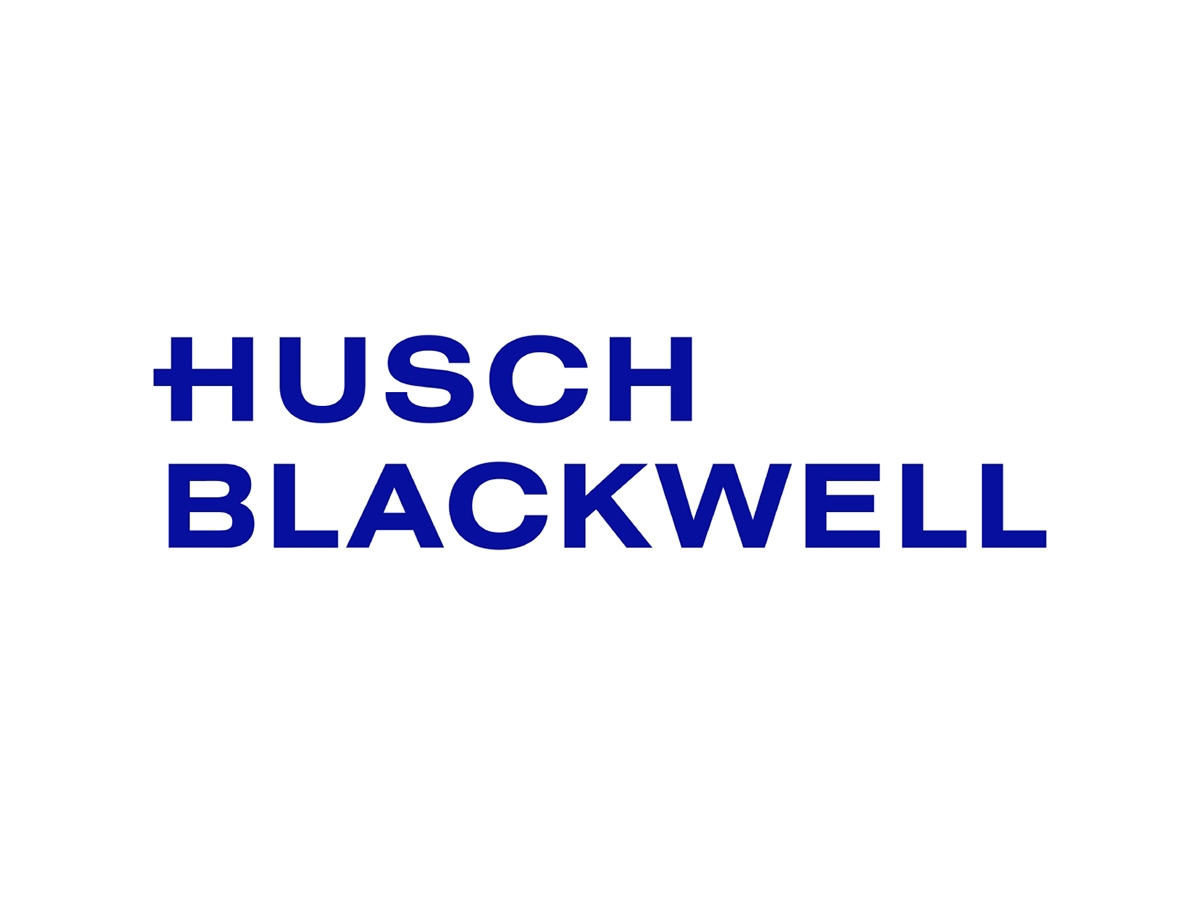The data suggests that while a recall is not enough to prompt all consumers to replace a product they already purchased, it is sufficient to cause many consumers to lose trust in the brand altogether. This presents an interesting contradiction where consumers are willing to roll the dice on a product with a known recall but are less willing to entertain an unknown and likely nonexistent risk with future purchases from the same brand.
Notably, 92 percent of consumers report that they would take some type of action to mitigate the potential harm from a recalled product; however, the new data demonstrate the willingness of many to look past potential product issues. Indeed, many admit that they will still continue to use the products after taking steps such as contacting a medical provider or requesting a refund for the product.
While the MasterControl report did not focus on specific reasons for recalls, it did highlight the cause of some recent Food and Drug Administration recalls: undeclared allergens, potential foodborne illness, potential mold contamination, presence of glass particles, and elevated levels of lead. The study generally distinguished recalls for health and safety risks and specifically examined the likelihood of continued consumption of food and baby formula by generation, despite a recall.
Generationally, Millennials and Gen Z are least likely to take action as they are three times more likely to continue to use products that pose a health or safety risk than Boomers and Gen X. The increased willingness of younger generations to accept recalled products if further evidence by the data showing that 21 percent of Gen Z agreed that they are likely to use recalled vaccines as compared to 3 percent of Boomers, 11 percent of Gen X, and 14 percent of Millennials. Notably, the younger generations are more willing to use recalled products in their care of others as seen through the 23 percent of Gen Z that agreed they are likely to use recalled baby formula. Whereas to 2 percent of Boomers, 5 percent of Gen X, and 16 percent of Millennials agreed to the same. FDA data shows that recalls have increased since 2018. While the older generations tend to avoid the risk associated with recalled products, the data suggests Gen Z and Millennials are more likely to look past that risk and continue using defective products.
Despite their demonstrated willingness to use recalled products, Americans largely want what they consume to be of a high standard. Significantly, 77 percent of Americans question the quality or safety of medical products, yet 68 percent do not proactively check for recalls.
A recall is also often sufficient to end brand loyalty as consumers tend to avoid purchasing products from brands with known recalls in the future and are more likely to tell others to avoid the brand. Fifty-six percent of consumers would not purchase a product that was previously recalled, and 42 percent stopped using a product category entirely following a recall. Thirty-nine percent would stop buying from a brand altogether if a product was recalled in the past. This data can be useful for manufacturers, importers, and distributors as they develop recall strategies. It may invite different types of communications, plans, and incentives to target different age groups. The data also suggest that additional efforts to reinforce and protect brand loyalty, may be necessary in conjunction with recalls. In light of this data, it is important to evaluate the channels of communications employed by brands in order to provide up to date information with consumers in a world experiencing substantial changes in media and information spreading. Additionally understanding the reasons why some consumers are willing to use recalled products would better situate brands as to how to disseminate information regarding product recalls. Indeed, the relationship between products attorneys and their clients is instrumental in these recall efforts. Being aware of these types of trends and responding accordingly will likely prove to be crucial for manufacturers to maintain brand loyalty among their customers.
[View source.]


